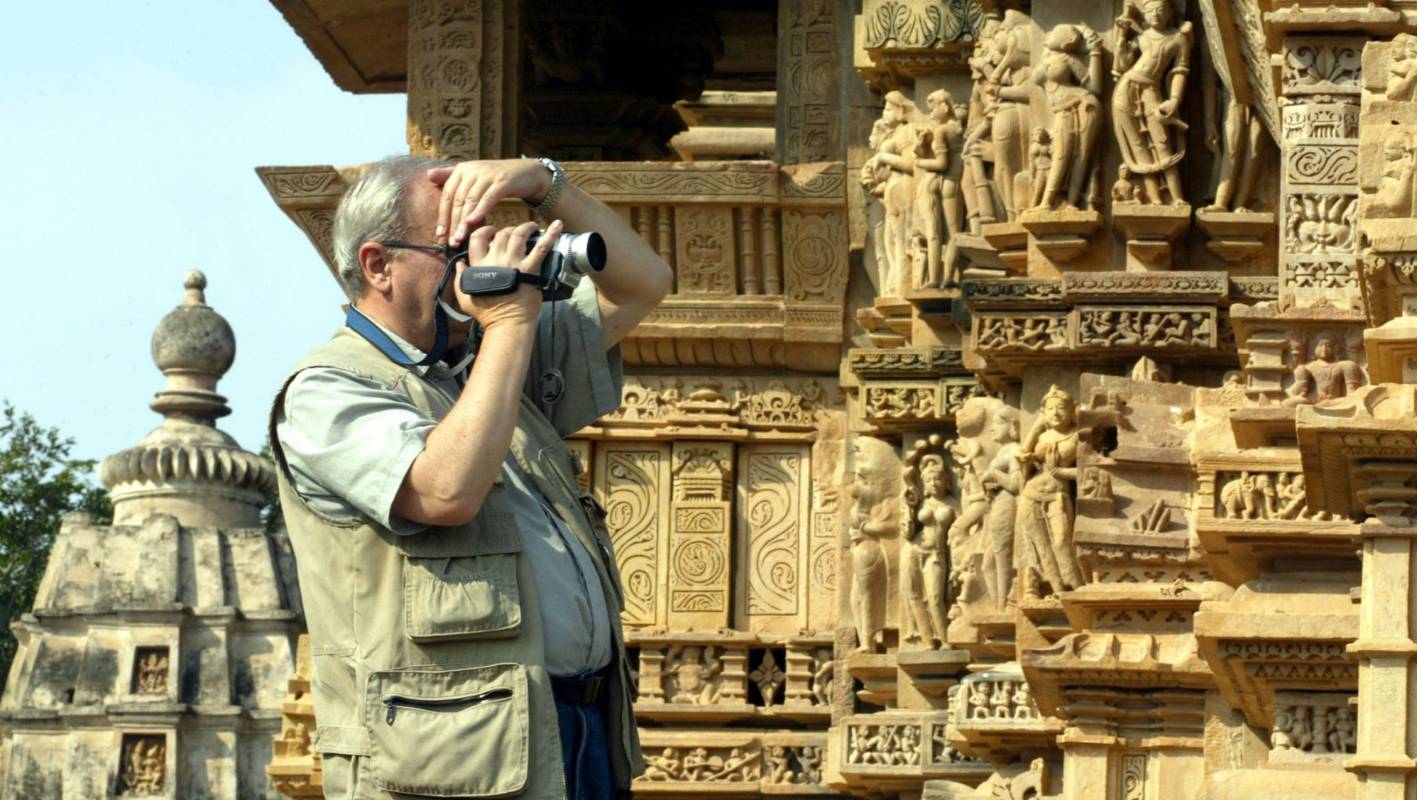The famous Khajuraho Temple Complex, the so-called ‘Kamasutra Stone Carvings’, is famous around the world for its delightful stone carvings and sculptures of couples in love, with kamasutra love scenes, is rapidly losing fans due to the remoteness from the main tourist routes in India. Khajuraho Tourism Association spokesman Anshu Awasthi confirmed this to EcoTourism Expert. To illustrate this, he told about the many hours of misfortune of the Ambassador of Brazil who now represents the interests of his country in Russia and previously headed the diplomatic mission in New Delhi.
The tour operator shared that His Excellency Tovar da Silva Nunes had a taste of misfortune and knew why Khajuraho was vanishing from the itinerary of foreign tourists. And he added that the Ambassador of Brazil had long dreamed of visiting the pearl of the Indian temple architecture, but did not expect that he would have to fly half a day from the capital of India to Khajuraho.
The absence of direct flights to the UNESCO heritage site from major Indian airports, including Delhi and Mumbai, has made this architectural marvel inaccessible to tourists. Ordinarily, a plane journey between Delhi and Khajuraho airports should not take more than an hour. But, the journey takes five hours instead because of multiple layovers.
It turned out that out of the peak season, which lasts only from October to January due to the hot weather and monsoons, private carrier Jet Airaway, the only airline operating direct flights from New Delhi to Khajuraho, shifts focus to delivering passengers to Varanasi. This is a more profitable and popular destination at all seasons as, in addition to foreigners, Hindus are eager to go there for religious reasons; actually, each Hindu dreams of visiting a sacred city at least once in his or her life.

After two flights - to the Khajuraho Temple Complex and back to New Delhi - the Ambassador of Brazil was late to his office as he had spent over 12 hours for the flights only. Rajesh Awasthi, a senior guide who took the Ambassador around the temple town, said that there was almost no time to take a good look at the sights of Khajuraho without the hustle and bustle, and still, as a result, having arrived there on Saturday, Ambassador Silva could return to New Delhi on Monday evening only. It was good that he didn’t try to travel by car from New Delhi - it would be a terrifying 700-km ordeal, with traffic jams, constantly horning vehicles and other ‘pleasant things’ about the Indian highway, Rajesh added.
The Ambassador of Brazil agreed that his misadventures should be widely publicized and he tried to help Khajuraho regain its attractiveness to tourists, which will require adopting a number of arbitrary decisions by both local and Union authorities. In the meantime, the eternal temple city is losing its charm. According to the Tourism Association, due to the extremely long and uncomfortable trip here, from 2012 to 2016, the number of foreign guests visiting the city decreased by 35 percent. While in 2012, over 100,000 foreign tourists visited the city, in 2016, 65,000 visitors arrived only. According to Ashok Mehta, the Khajuraho Architectural Service spokesman, last year, just 41,000 foreigners visited the UNESCO World Heritage Site. He says that the tour operators in New Delhi, Mumbai, Jaipur no longer include Khajuraho in their itineraries, as this makes the trip too long and costly.
According to Mehta, the temples built between 950 and 1050 by the Chandela Dynasty in the Chattarpur district of Madhya Pradesh have long been a mandatory destination in the programme of foreigners visiting India, but the government has never attached much importance to providing good traveling conditions for these visits. The tour operators and guardians of ancient temples are sure that the critical moment has already come as now it's time to find the solution in order to keep the ‘folk path’ to the magnificent example of the erotic sculptures from being overgrown and forgotten completely.


